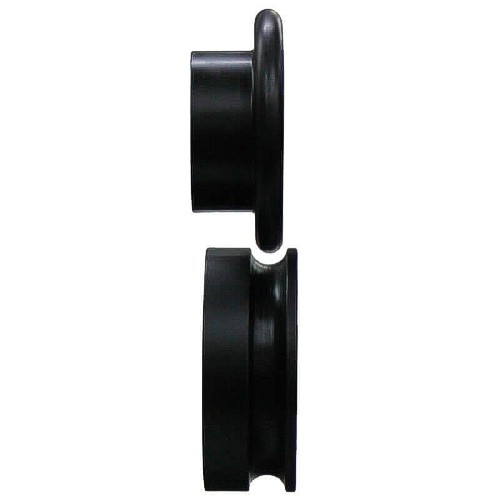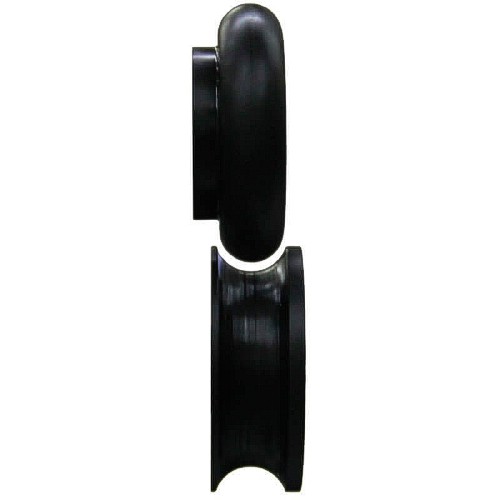Want to buy Pulse XE, Can this object be made strong?
-


Rather than buying a lathe, I have been thinking about printing some of my dies in nylon. I've seen it done with press brake dies, but I am worried about the direction of the force on these parts. Every orientation I can think of will end up with the force along the edge of the layers of the print at some point. I saw one person who made them in PLA, but they have thick side walls on their dies, and I need to thin out the sides as much as possible. the dies can already be purchased as nylon or delrin.
I've been looking at the Pulse XE, because it prints nylon right out of the box. How much of an issue is force along the layers? Nylon as a material is strong enough, but I'm not sure how easy it is to delaminate with the force on the side of the layers.
Thanks for any help. I'd hate to spend a chunk of money on something and not be able to use it for the reason a bought it.
-
@zincroots We use Taulman 910 and the layer adhesion is great if you print it right. We have not made dies though but lots of gears and brackets
-
I don't think you'll be able to to this with any 3D printed plastic. The failure mode would almost certainly be the layers separating - which isn't due to the material failing, but rather the process limitations.
Interlayer adhesion on 3D printed parts isn't something that has an ISO or ASTM test standard, so there isn't data we can point to and say definitively that something will or won't work.
The one option that would almost certainly work would be Ultrafuse 316LX, which is 316 stainless steel that you can print on most printers, and then send off to to debinding and sintering. The part you get back is virtually solid stainless steel.